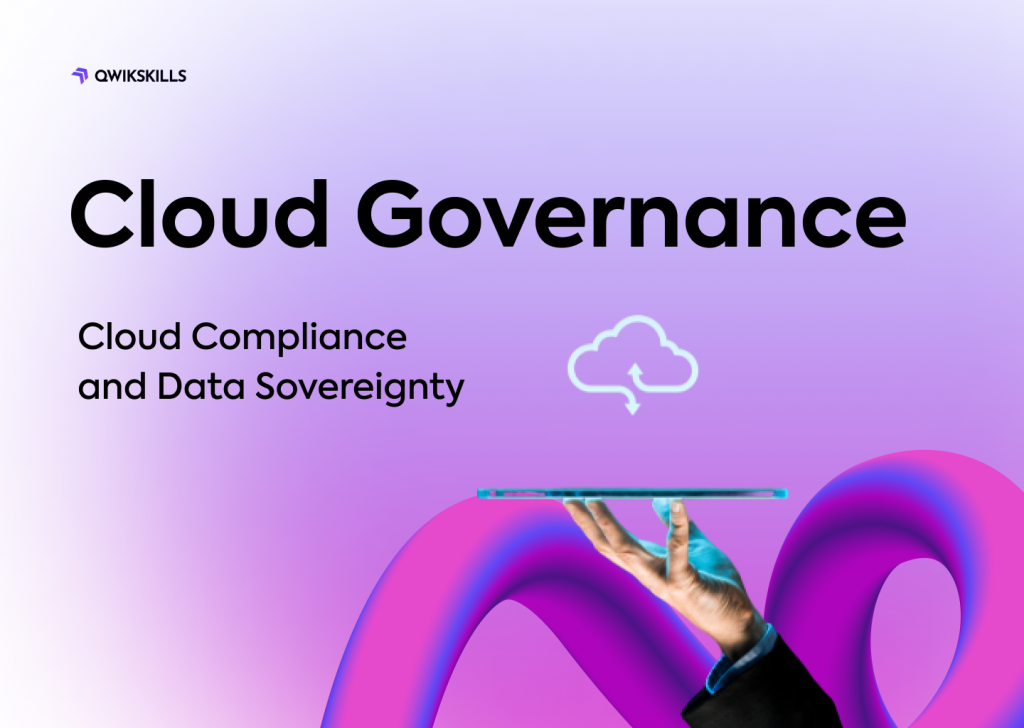In today’s technology-driven world, businesses rely heavily on IT infrastructure to operate efficiently and effectively. With the rise of cloud computing, companies now have an alternative to traditional IT infrastructure. Cloud computing offers many benefits, including cost savings, scalability, and flexibility. However, businesses must evaluate their needs and determine whether cloud computing or traditional IT infrastructure is the right choice for their organization. This article will explore the differences between cloud computing and traditional IT infrastructure, cloud computing benefits, cloud vs on-premises and provide insights to help businesses make informed decisions on whether the cloud adoption for business is beneficial or not. Read on to find out about Cloud Computing vs. Traditional IT Infrastructure: Which is Right for Your Business?
What Exactly is Traditional IT Infrastructure?
Traditional IT infrastructure refers to businesses’ physical hardware, software, and networking components to manage and store their data and applications on-premises. This includes servers, storage devices, networking equipment, and other hardware devices housed within the business premises.
1. These are computers that provide specific services to other computers, devices, or users within a network. They can be used for various purposes, including file sharing, email, or web hosting.
2. Storage Devices include hard disk drives, solid-state drives, and tape drives for storing and accessing data.
3. This software manages and controls computer hardware resources and provides services to other software applications.
4. These programs are designed for tasks like word processing, accounting, or customer relationship management.
Let us find out the pros and cons of the traditional IT infra to better understand the cloud vs on-premises fiasco to make a decision on cloud adoption for business.
What are the Pros and Cons of Traditional IT Infrastructre?
Pros:
1. Security: With traditional IT infrastructure, businesses have complete control over their data and can implement security protocols to protect it. Data breaches are less likely to occur since the data is stored on-premises and access to it is limited.
2. Customization: Businesses can customize their IT infrastructure to meet their specific needs. This allows them to choose the hardware and software components best suited to their operations and budget.
3. Performance: Traditional IT infrastructure typically performs better than cloud computing because the hardware and software components are dedicated solely to the business. This means companies have more control over allocated resources and can optimize their infrastructure to achieve the best performance.
4. Compliance: Some industries have strict regulatory requirements that businesses must comply with, and traditional IT infrastructure can help companies to achieve compliance more easily. Businesses can ensure they meet regulatory requirements by maintaining control over their data and IT systems.
Cons:
1. Setting up traditional IT infrastructure can be expensive. Businesses must invest in hardware, software, and IT personnel to manage and maintain the infrastructure.
2. Traditional IT infrastructure needs to be improved in its ability to scale quickly. Businesses must plan for future growth and invest in additional hardware and software components to accommodate it.
3. Traditional IT infrastructure is vulnerable to natural disasters, power outages, and other disruptions. Businesses must have a disaster recovery plan to minimize downtime and data loss.
Does Cloud Computing Benefits Weigh More than On-premises Infra?
Whether cloud computing benefits outweigh on-premises infrastructure depends on a business’s specific needs and priorities. Here are some cloud computing benefits:
1. Cloud computing eliminates the need for companies to invest in expensive hardware and software upfront. Instead, they pay for what they use on a subscription basis, which can lead to significant cost savings.
2. Cloud computing enables businesses to scale their IT infrastructure quickly and easily. They can increase or decrease resources as needed without purchasing additional hardware.
3. Cloud computing allows companies to work from anywhere, anytime. This makes it easier for employees to work remotely and collaborate with others.
4. Cloud providers typically have robust security measures to protect their clients’ data. This means businesses can benefit from enterprise-level protection without investing in their security infrastructure.
Cloud vs On-premises: Is Cloud Adoption for Business a Sound Solution?
Whether a business should adopt cloud computing or on-premises infrastructure depends on several factors, including the size and nature of the company, budget, and specific IT needs. Cloud computing may be more cost-effective for smaller businesses or those with fluctuating IT needs. With a pay-as-you-go pricing model, companies only pay for what they use, which can save money on expensive upfront hardware and software costs. Additionally, cloud computing allows for easy scalability, benefiting growing businesses or those with variable workloads.
Cloud Adoption for Business: Current Market POV
Cloud adoption for businesses continues to proliferate in the current market. According to a recent report by Gartner, worldwide end-user spending on public cloud services is forecasted to grow 18.4% in 2021, reaching a total of $304.9 billion. Here are some additional stats and insights on cloud adoption for businesses:
Small and Medium-sized Businesses (SMBs): SMBs are increasingly adopting cloud computing, with 74% of SMBs using at least one cloud-based service, according to a report by SMB Group. This is partly due to the cost savings and scalability benefits that cloud computing can provide.
Multi-cloud Adoption: Many businesses are adopting a multi-cloud approach, using multiple cloud providers to meet their IT needs. A recent report by Flexera found that 92% of companies use at least one public or private cloud, with 82% of respondents using a multi-cloud strategy.
Still in Doubt About Cloud Adoption for Business?
Now that you know all about Cloud Computing vs. Traditional IT Infrastructure: Which is Right for Your Business, cloud vs on-premises differences, cloud computing benefits in-depth and whether you want to go ahead with cloud adoption for business, you are all set.
QwikSkills is a reliable and experienced provider of cloud adoption services for businesses. With their expertise and guidance, you can confidently make the switch to cloud computing and enjoy the benefits that come with it, such as cost savings, increased scalability, and enhanced security. If your company is still in doubt about adopting cloud computing, QwikSkills can help you evaluate your options and determine the best solution for your needs. Contact QwikSkills today to learn more about their cloud adoption services and how they can help your business succeed in the cloud.



